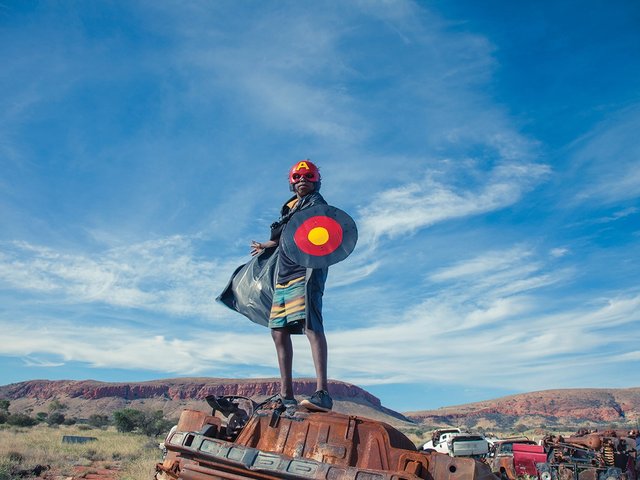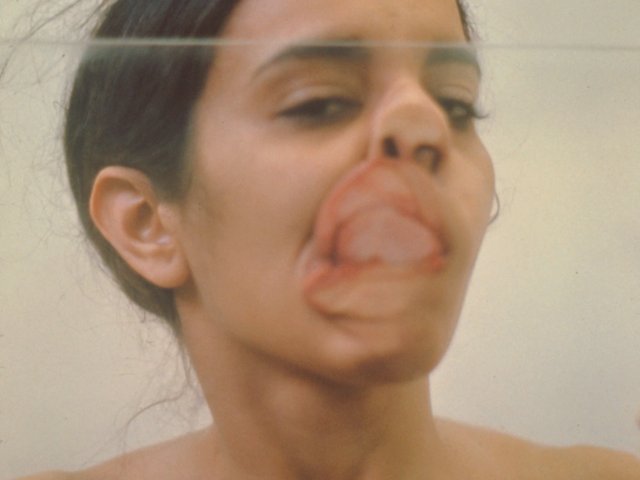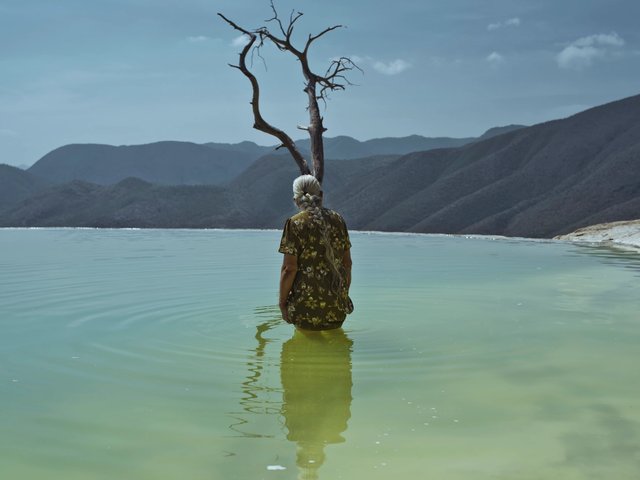Taking over the city of Arles in the south of France each summer since 1970, Rencontres d’Arles photography festival returns this year under the title Disobedient Images. Presented across several sections—Counter-voices, Families Stories, Rereadings, Archive Tales, Variable Geometry, Nomad Chronicles and Emergences—and accompanied by satellite shows at venues big and small, the sprawling event presents thousands of images by hundreds of image makers. If you're heading to Arles, here's our pick of shows to add to your itinerary.
David Armstrong
The Tower, Luma, Arles, until spring 2026
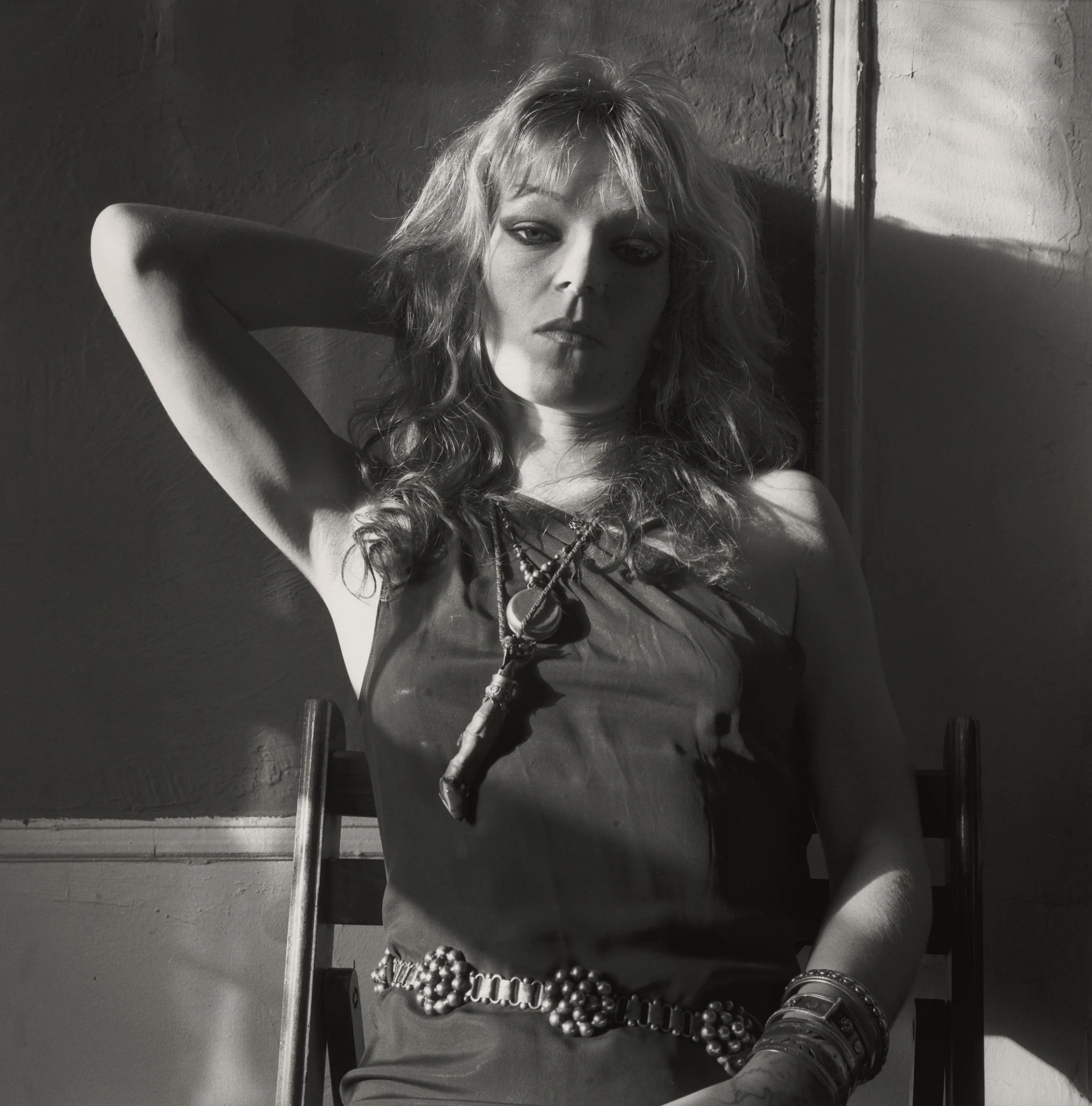
David Armstrong, Cookie at Bleecker St., NYC, 1977
Courtesy of the Estate of David Armstrong
The work of David Armstrong was first shown at Rencontres d’Arles in 2009, a year when fellow Boston School member Nan Goldin was both curator and guest artistic director. This year, as Goldin returns to the festival as the winner of the Kering Women in Motion Award for Photography, so too does Armstrong’s work—this time in an extensive show featuring original prints and contact sheets spanning three decades of his prolific career.
The eponymous show, previously displayed at Kunsthalle Zurich, is made up entirely of works from the photographer’s archive, which friends began to sort through following his death in 2014. As a result, prints—made by Armstrong himself—are often in vintage condition, and contact sheets bare his notes and edits. Far from lessening the quality of the show, these personal touches offer engaging insight into the photographer’s practice and processes.
Meanwhile, the images themselves capture a time and place so distinctive, that it seems almost to emanate through the dark, underground space that houses them. As the exhibition’s accompanying text says, Armstrong’s work is a “veritable document of an era, an archive that exudes beauty, that of a New York that no longer exists. New York as attitude…a promise, a refuge for the dispossessed, for artists, poets, musicians and misfits of all kinds”.
While the show does feature a selection of landscapes, it is the black-and-white portraits of friends and collaborators—the work for which the photographer is best known—that are by far the most arresting. These images are simultaneously soft in their affection, and harsh in their portrayal of a rebellious, often drug-fuelled and sometimes disenchanted lifestyle.
As his friend and subject, the actress and writer Cookie Mueller wrote shortly before her death from an Aids-related illness in 1989: “These were the kind of people who lifted the quality of all our lives, their war was against ignorance, the bankruptcy of beauty, and the truancy of culture. They were people who hated and scorned pettiness, intolerance, bigotry, mediocrity, ugliness, and spiritual myopia; the blindness that makes life hollow and insipid was unacceptable.”
On Country: Photography From Australia
Eglise Sainte-Anne, Arles, until 5 October
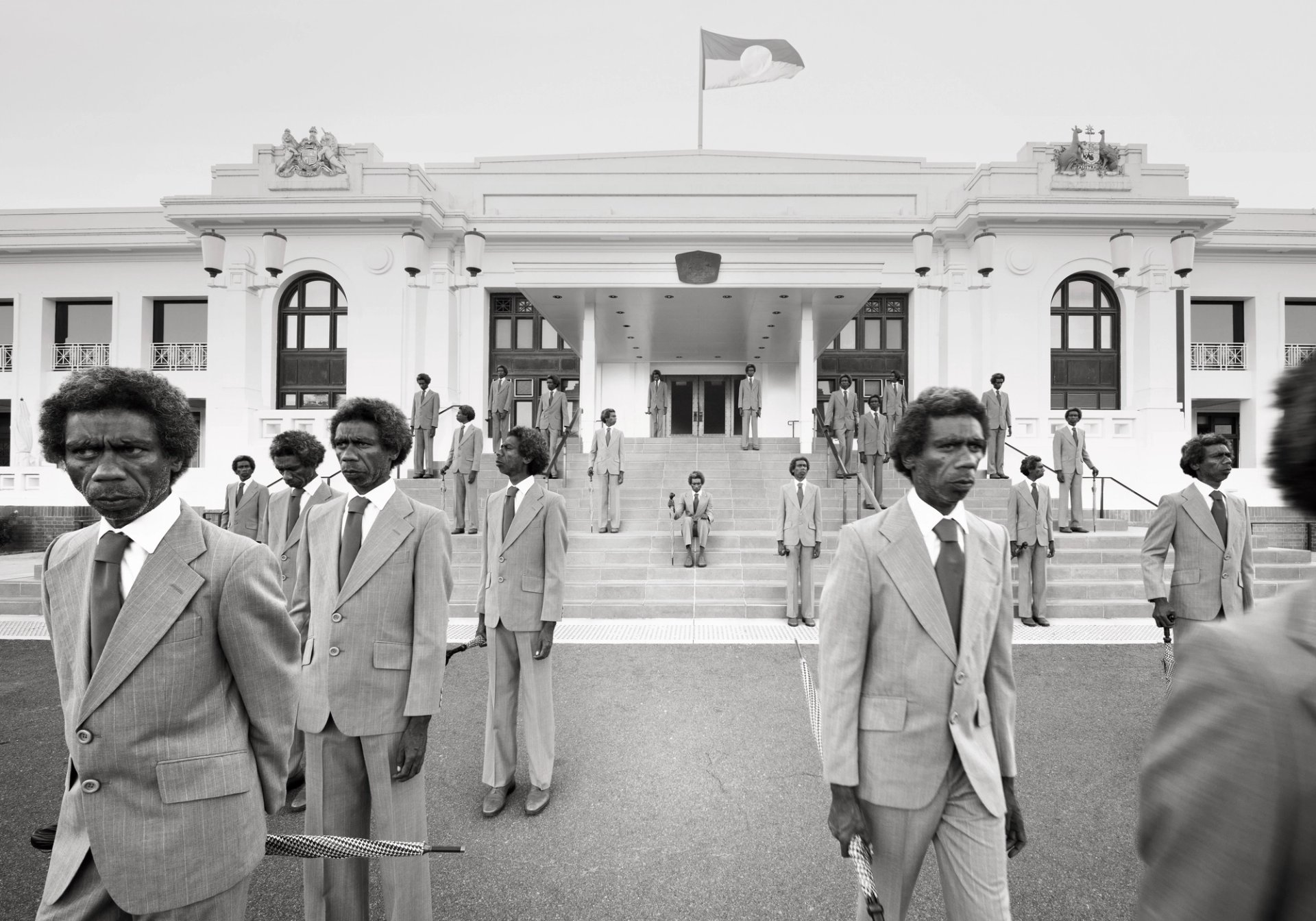
Michael Cook (Bidjara), Majority Rule (Parliament), Majority Rule series, 2014
Courtesy of the artist / Jan Murphy Gallery
Historically, in Australia, photography has played a prominent role in the colonisation of First Peoples. The use of image-making in early ethnographic documentation was a dehumanising practice, and in the years since, stereotypes have continued to be perpetuated through works that uphold the same power imbalance. However, at the 17th century, Gothic style Church of Saint Anne, the medium is adopted as a force for truth telling and self-determination.
In a group show titled On Country: Photography from Australia, works by both Indigenous and non-Indigenous photographers explore many varied histories and identities. The term “country” is used by First Peoples in Australia to describe the lands, waterways, seas and cosmos to which they are connected, referencing the complex relationship land has to language, family and identity. Being “on Country” is more than just being situated somewhere, it is about being shaped by that place, connected to it, and having a responsibility to care for it.
Despite being Australia’s original land owners, according to the Australian Human Rights commission, Indigenous people—encompassing both Aboriginal and Torres Strait Islander Peoples—currently account for less than 4% of the country’s population. In his series Majority Rule, the photographer Michael Cook, who is from the Bidjara Peoples, creates a world in which this statistic is inverted. His images of spaces, often tied to colonial rule, each feature the same Indigenous man, photographed many times over, raising confronting questions surrounding violence, assimilation and discrimination.
In stark contrast to these highlight stylised and manipulated images, Ricky Maynard’s recognisable documentary works offer a visual diary of his experiences, as well as those of his fellow Lutruwita/Tasmania Aboriginal people. In one moving image, the artist stands in the same spot from which his ancestors were forcibly removed 160 years earlier. Elsewhere, Adam Ferguson’s Big Sky explores the impact of colonisation and capitalism on the environment, and specifically on Aboriginal lands, while Tace Stevens asks us to consider the ongoing trauma caused by racist assimilation policies.
Accompanied by traditional music and laid out beneath flowing textiles, On Country presents a number of emotive bodies of work. However, the show’s greatest strength lies in its multitude of narratives and photographic approaches, each of which rails against monolithic portrayals of Indigenous Australians, and rejects the historic injustice of the ethnographic image.
In Praise of Anonymous Photography
Cloitre Saint-Trophime, Arles, until 5 October
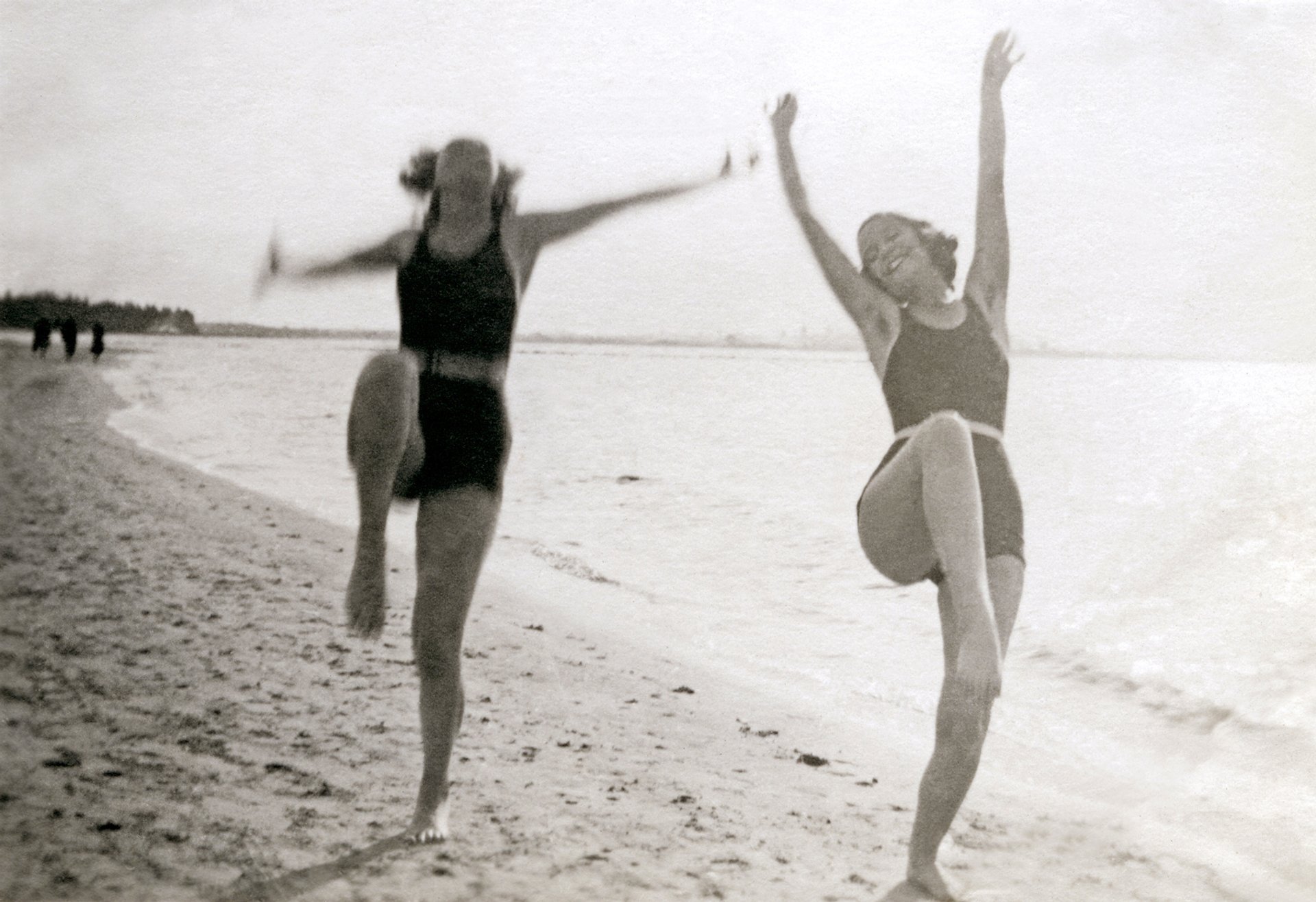
Anonymous amateur photographer, Untitled, France, autochrome plate, 1924
Courtesy of the former Marion and Philippe Jacquier Collection / Donation from the Fondation Antoine de Galbert to the Musée de Grenoble
While many of the exhibitions that take place during Rencontres—including the vast number of satellite shows that pop up throughout the small city—rest on the notoriety of the photographers they feature, In Praise of Anonymous Photography has no such option. Brought together by the founders of Lumière des roses gallery, Marion and Philippe Jacquier, the exhibition pulls from a vast archive of nearly 10,000 silver prints, built over more than 20 years and covering more than a century of image-making. While not usually professional in quality, the photographs are intriguing, historic and, on occasion, amusing.
In its most serious moments, the show highlights the role of unrecognised image-makers in documenting key historical moments that might otherwise go unrecorded or fade from memory. As the historian and curator Ilsen About writes in the exhibition’s accompanying text: “Millions of photographers have created vast numbers of images documenting the world…They recall the impact of bullets on city walls, explosions, discarded corpses, the natural world devastated by war.”
Much of In Praise of Anonymous Photography is, however, more lighthearted. An entire wall and cabinet are given over to portraits of Lucette—a woman, born in 1908, who was a great fan of organised tours, from which she collected 850 images of herself. On visits to France, Greece, Egypt and Syria she posed, often serious in demeanour, with no grand landmarks or monuments to further justify the image. Watching Lucette age via these photographs, and pondering her motives, is a fascinating exercise.
Similarly interesting is a section dedicated to erotic—or at least more intimate— images. Self-portraits of one individual, dubbed “Zoro” by exhibition curators, reveal a 30-year long penchant for whips and thigh-high boots. Meanwhile 200 scantily clad or nude photographs, taken of a wife by her husband between 1930 and 1945, catalogue the husband’s habit of “painting” his muse into different forms.
These last images do pose some ethical questions: if a photographer and subject are anonymous and a picture was taken long ago, does this mean such personal images should be freely displayed? Arguably not.
However, these works do underline the often surprising, provocative and puzzling nature of the photographs discovered, over decades, by Marion and Philippe Jacquier at flea markets and second-hand stalls. What these vernacular images lack in obvious narrative, composition or lighting, they more than make up for in their record of human connections, personal histories and historical moments.



